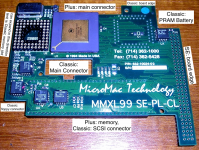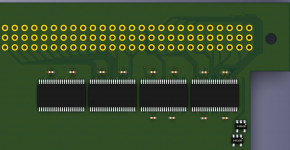Trash80toHP_Mini
NIGHT STALKER
You're right about the contacts, at a glance through the plastic they look like longer versions of an IDC jumper cable's contacts in the pic below. On top of that the contact looks like it has several bends to adjust placement and an installation flange.




I wonder if the patent has expired by now?
edit: That said, let's not put the cart before the horse. The old school soldered header method will work just dandy for development.




I wonder if the patent has expired by now?
edit: That said, let's not put the cart before the horse. The old school soldered header method will work just dandy for development.
Last edited by a moderator:



